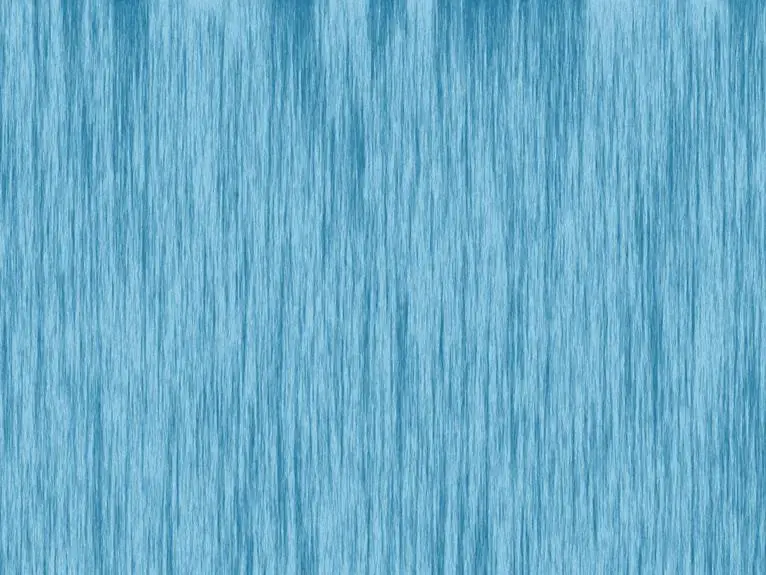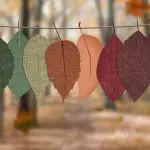When you're ready to make a pinpoint quilt, the first step is choosing the right fabrics that not only complement each other but also fit your design vision. You'll want to consider colors and textures carefully, as they'll set the tone for your quilt. After selecting your materials, sketching a layout on graph paper can help you visualize how everything will come together. But before you start cutting, there are essential tools you'll need, and understanding their importance can make a significant difference in your process. Let's explore what you'll need to get started.
Table of Contents
Choosing the Right Fabrics
When you're choosing fabrics for your pinpoint quilt, consider the colors and textures that will best complement your design.
Think about the overall theme or mood you want to convey. If you're aiming for a cozy feel, opt for warm, rich tones like deep reds, browns, and mustard yellows. For a more modern look, you might lean toward cool colors such as blues and grays, paired with geometric patterns.
Don't just focus on colors; textures play a vital role too. Mixing smooth cottons with fuzzy flannels or crisp linens can add depth to your quilt. You might also want to include some patterned fabrics to create interest, but ensure they harmonize with the solid colors you choose.
As you select your fabrics, keep in mind the scale of your patterns. Larger prints can overwhelm smaller quilts, while tiny prints may get lost in larger designs.
Essential Tools and Supplies
To bring your pinpoint quilt vision to life, you'll need a few key tools and supplies that will make the process smoother and more enjoyable.
Start with a rotary cutter and mat; they'll help you achieve clean, precise fabric cuts. A good pair of fabric scissors is also essential for those little snips. You'll want a reliable ruler, preferably a clear acrylic one, to measure and guide your cuts accurately.
Next, gather your sewing machine and a quality needle suited for quilting. Don't forget to have a selection of thread colors that match your fabric choices; this'll make your stitches pop. You might also consider using a walking foot to ensure even feeding of the layers while you sew.
For marking your fabric, fabric chalk or water-soluble pens are perfect for creating guides without leaving permanent marks. Finally, invest in quality pins or clips to hold your pieces together while you sew.
With these tools and supplies in hand, you'll be well-equipped to tackle your pinpoint quilt project with confidence and creativity. Happy quilting!
Preparing Your Quilt Design
Start by sketching out your quilt design to visualize the layout and color scheme you want to achieve. This step is crucial, as it helps you focus on the overall look and feel of your quilt. Use graph paper or quilting software to create a clear representation of your ideas.
Consider color combinations that complement each other while maintaining balance. You can use the table below to brainstorm different color schemes and fabric types:
| Color Scheme | Fabric Type |
|---|---|
| Warm Tones | Cotton Prints |
| Cool Tones | Batik Fabrics |
| Monochrome | Solids |
| Pastels | Floral Patterns |
Once you've decided on colors, think about the pattern and how each piece will fit together. Remember, it's helpful to lay out your fabric swatches next to your sketch for a real-time visual. This process not only enhances your design but also ensures that you're on the right track before cutting any fabric. Take your time to refine your ideas until you're satisfied with the overall design.
Step-by-Step Assembly Process
Gather all your fabric pieces, tools, and supplies to ensure a smooth assembly process for your pinpoint quilt. This organized approach helps you focus on the creativity and joy of quilting, rather than scrambling for materials mid-project.
Start by laying out your fabric pieces according to your design. This visual guide will make it easier to see how everything fits together. Next, begin sewing the pieces in small sections, ensuring accuracy with each seam. Iron each section as you go; this will make your quilt lie flat and look crisp.
As you assemble larger sections, keep checking that everything aligns properly. Don't rush—taking your time now will save you from frustrations later.
Here are a few essentials to keep in mind during assembly:
- Precision: Accurate measurements and cuts make all the difference.
- Patience: Good things come to those who wait; enjoy the process!
With each step, you're one stitch closer to completing your beautiful pinpoint quilt. Enjoy every moment as your quilt comes to life!
Tips for Finishing Touches
As you complete the assembly of your pinpoint quilt, focusing on the finishing touches can elevate its overall appearance and ensure it's ready for display or use. Here are some tips to help you achieve that polished look.
- Pressing: Use a hot iron to press your quilt. This helps to flatten seams and gives a crisp finish to the fabric.
- Binding: Choose a binding fabric that complements your quilt. A well-applied binding can frame your quilt beautifully.
- Quilting: Consider adding a quilting pattern that enhances your design. This can be as simple or intricate as you prefer.
- Labeling: Don't forget to label your quilt! A small tag with your name and the date adds a personal touch.
Here's a quick reference table for your finishing touches:
| Task | Description |
|---|---|
| Pressing | Flatten seams with a hot iron |
| Binding | Choose a complementary fabric |
| Quilting | Add a pattern for enhancement |
| Labeling | Include your name and date |
With these final adjustments, your pinpoint quilt will surely shine!
Frequently Asked Questions
Can I Use Pre-Cut Fabric for a Pinpoint Quilt?
Yes, you can definitely use pre-cut fabric for your project! It saves time and ensures consistent sizes. Just make sure the cuts match your design requirements, and you'll create a stunning quilt in no time!
How Long Does It Typically Take to Finish a Pinpoint Quilt?
It typically takes you several weeks to finish a pinpoint quilt, depending on your experience and the time you dedicate. Enjoy the process, and remember, every stitch brings you closer to your beautiful creation!
What Is the Best Batting Type for a Pinpoint Quilt?
When choosing batting, consider materials like cotton or polyester blends. They'll provide warmth and drape, ensuring your quilt feels cozy and looks great. Ultimately, it's about your preferences and the quilt's intended use.
Can I Machine Quilt My Pinpoint Quilt?
Yes, you can definitely machine quilt your pinpoint quilt! It's a great way to save time and achieve consistent stitching. Just ensure your machine is set up properly for the best results. Enjoy quilting!
How Do I Care for My Finished Pinpoint Quilt?
To care for your finished quilt, wash it gently in cold water with mild detergent, avoid bleach, and tumble dry on low. Always check the care label for specific instructions to maintain its beauty.
- Tetron Fabric for Marine Applications: Durability and Use Cases - June 18, 2025
- Tetron Fabric for Outdoor Furniture: Weather Resistance and Care - June 18, 2025
- Tetron Fabric for Wall Coverings: Style and Application Tips - June 18, 2025




